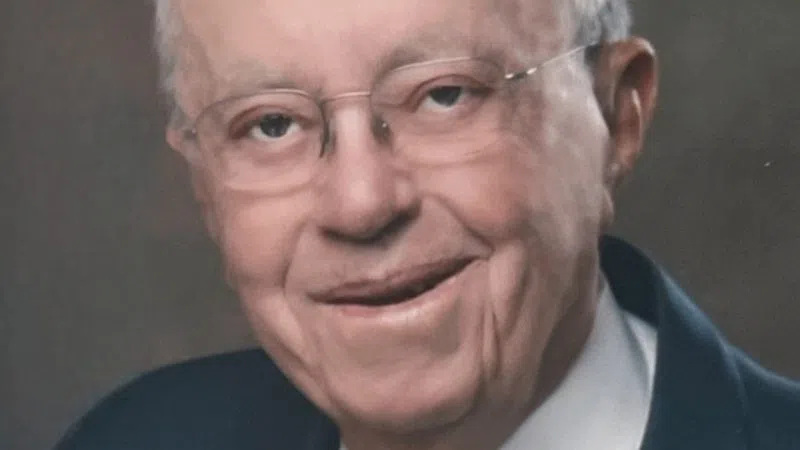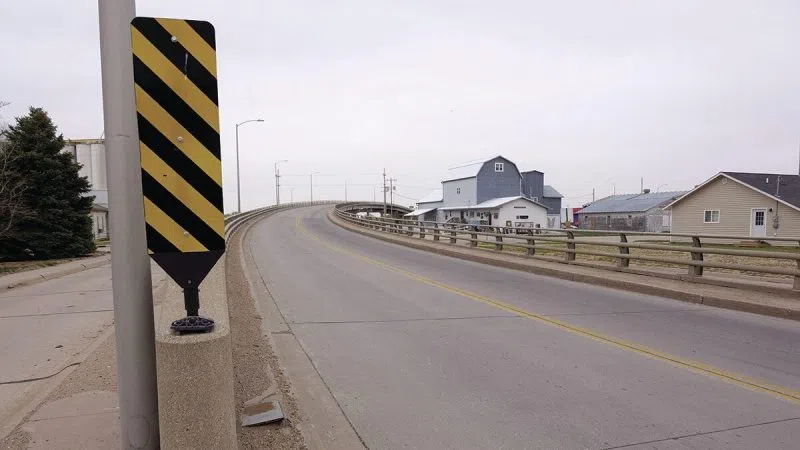
Village of Overton, (Brian Neben, Central Nebraska Today)
OVERTON — Overton community members had a chance to learn more about the Little Eagles Learning Center, which is currently in the midst of its capital campaign.
The Little Eagles Learning Center was born of an ongoing discussion by the community members of Overton, how to address the lack of quality childcare options in the town.
It’s a conversation many towns across Nebraska and indeed, the country, are having.
The current capacity of in-home childcare is 32 children, with there still being a gap in capacity of 28 children who are still needing care. Overton residents complained of having to take their children as far as Kearney to find care.
In May 2021, Overton was selected as a Communities for Kids, C4K community and a group of residents began working toward the goal of increasing the childcare options.
By Sept. 2021, the Overton C4K group officially became the Little Eagles Learning Center, (LELC) non-profit organization.
LELC members created a mission statement that reads, “We aspire to create high quality care for children of all ages that provide tools and resources necessary to promote social/emotional, physical and cognitive development, we are committed to Overton’s future as a family-friendly community,”
As a short-term solution, childcare has been offered by LELC in the basement of the Overton’s Holy Rosary Catholic Church.
From Center to Novel Idea
The initial idea of the LELC group was to construct a new 3,000 square foot facility inside Overton after it was found that renovating an existing space would be more costly, LELC Coordinator Paula Osborne said.
However, Shonna Werth, Assistant Vice President of Early Childhood, who oversees the Tri-Cities area and portions south central Nebraska, approached the group with a different idea – build a duplex with two licensed in-home childcare providers.
The idea has several advantages, for one it would cut the cost of construction in half, Osborne said.
It also decreases the number of staff that would be required in a childcare facility. Osborne said qualified staff can be hard to find, especially in a smaller community.
There are also more stringent requirements the Department of Health and Human Services requires for a childcare center that are not asked of an in-home provider.
The change also allows for high school students to volunteer their time caring for children and then be able to get paid for it when they turn 16, Osborne said.
The change from a center to an in-home model, “is huge for us,” Osborne said.
To that end, a duplex will be constructed that will allow for a total of 24 children to be cared for.
Community Education
The first speaker during the community meeting was Mike Feeken, Strategic Partnership Advisor with First Five Nebraska.
First Five Nebraska was created in 2011 as the first organization in the state focused on advancing early childhood care and learning opportunities through policy change, strategic partnerships and public education, according to their website.
Feeken said he looks at childcare from an economic development perspective and noted that, “Today’s workers need childcare, tomorrow’s workers are in childcare.”
When speaking about childcare, Feeken said he often gets comments from people that they don’t need to be concerned about it, because they don’t have children who are of an age where they require childcare.
To that, Feeken always responds, “Everyone depends on someone who depends on childcare.”
He said while one might not be concerned about childcare, a business they frequent, an employee, their child’s teacher, etc. might depend heavily on childcare options.
He also asked the question if working parents struggle to find quality childcare, what happens if they drop out of the workforce.
Feeken said there are over 35,000 unfilled jobs in Nebraska and it poses a serious obstacle to local and statewide economic growth.
The United States loses $122 billion in lost earnings, productivity, and revenue due to hampered access to childcare options for working parents.
Feeken said that childcare is deemed affordable if it accounts for seven percent or less of a family’s total income. Per First Five Nebraska calculations, Nebraskan’s are spending around 13 percent of their total income, which is “not affordable,” he said.
Based on the Center Based Infant Care, Overton and Elm Creek residents spend 16 percent on childcare, Kearney, 14 percent and Lexington, 18 percent.
Feeken also said that, “price does not equal cost,” when it comes to childcare. He noted they cannot follow the usual pricing model, as they have to start with what parents can afford.
Childcare workers on the whole make half of what other workers in Nebraska make, Feeken said.
Per research from First Five, University of Nebraska – Lincoln and Bureau of Business Research, the total direct loss due to inadequate childcare is $489,383,432. The loss businesses face is $234,372,147 and the total loss to the state is $744,856,386.
Feeken said this study was conducted in 2019, so the COVID-19 pandemic and its resulting fallout have likely increased these numbers.
There are around 2,000 open jobs within 25 miles of Overton, Feeken said. The fact the community is seeking to increase childcare capacity is a move that will benefit the area, he said.
Feeken ended his presentation with a question he asks all communities. He asks people to contrast what childcare looked like 20 years ago versus today, what will happen if nothing changes and what that means for the future of a community.
Later in the meeting, Feeken said the idea of building a duplex with two licensed in-home childcare providers is, “a very innovative idea,” and there will likely be other communities that copy the idea.
Local Vision
Bob Larson, a long-time Overton resident and member of the Overton Area Community Fund (OACF).
Larson said that four years ago, the OACF held community meetings and asked residents to offer up what they would like to see in the community if cost was no obstacle.
Amid some of the more fantastic ideas, a dome over the golf course included, was the real sense that childcare was desperately needed in the community, Larson said.
Larson also shared the results of a survey that had been shared with Overton high school students.
Of those questioned, 68 percent said they want to live in a small community, 18 percent said they would want to live in a community the size of Kearney.
There were also 53 percent who said they would want to return and live in the Overton area, a further 29 percent said they would return because of family.
One question asked if there was a stigma to returning home after high school, to which 67 percent said no.
Larson said the results are promising and show that if adequate childcare and housing is provided, there is interest from young people living in the area.
Community Questions
The floor opened to community questions and the first was about the ongoing capital campaign.
Osborne and Brooke Puffer, a LELC board member said that they are about halfway to their goal and the building budget is their focus, because they hope to break ground sometime in the spring or summer.
When asked about volunteers the board member said that there are requirements, which includes childcare fingerprinting and becoming CPR/first aid qualified.
When asked about who would set the curriculum, Osborne said it would be the two primary teachers who would head their side of the center.
“Meeting the childcare need not only benefits the children who are currently in the gap,” LELC states, “Prosperity will trickle into families, businesses, the community and the entire state of Nebraska.”


















